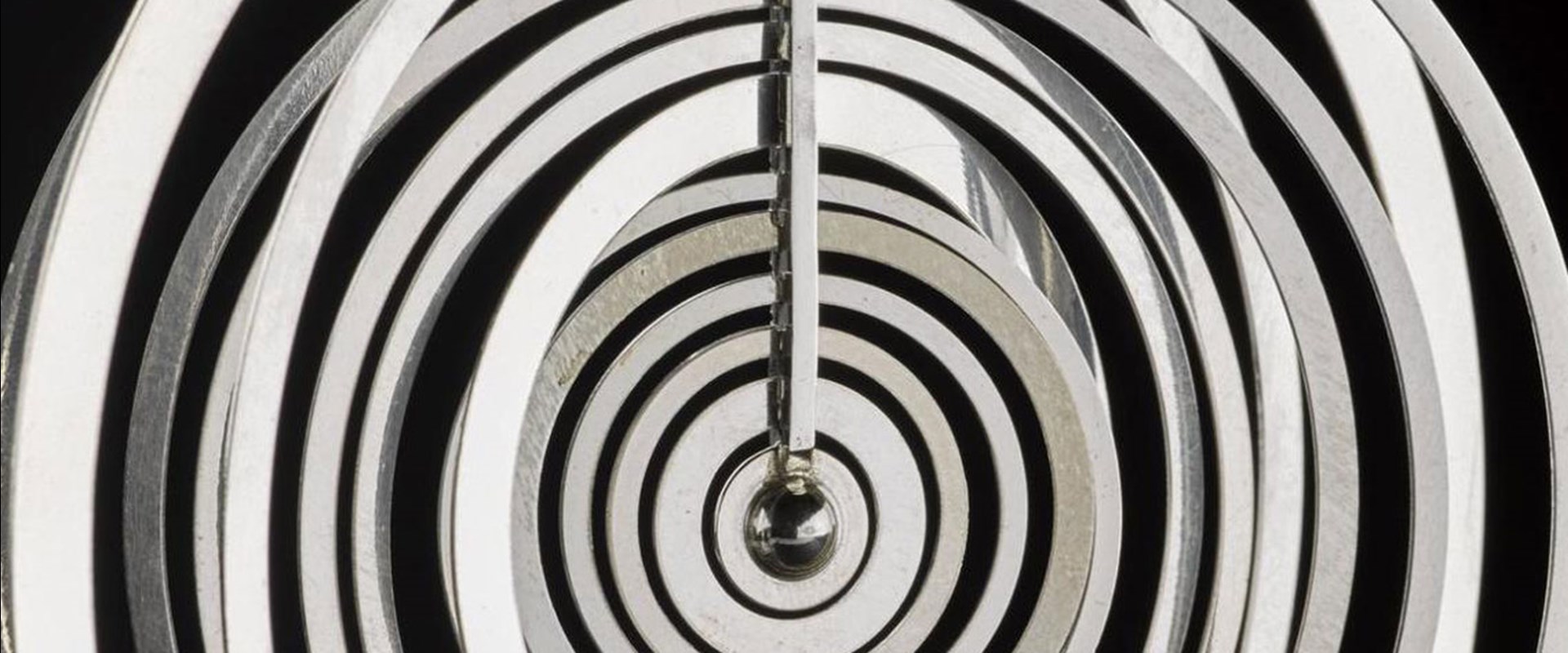Key in a search term below to search our website.
Key in a search term below to search our website.

Modernist design emerged in the early 20th century as a response to changes in technology and society. Simplified, clean lines replaced ornamentation, and new materials were embraced.
From the mid-1940s designers and makers from Scandinavia and Finland led the way within the Modernist jewellery movement. Individual artists and designers pushed aside traditional ideas of production and adopted new influences - often drawing inspiration from the natural environment. They created unique beautiful works that demonstrated restraint, simplicity and functionality.
In the late 1950s British artists and designers began to create similar work. British Modernist jewellery became defined by the use of textural, sculptural gold work, inspired by nature and often incorporating large gemstones.
Header image: Detail of Hopeakuu (Silver Moon) pendant, designed by Tappio Wirkkala, manufactured by Nils Westerback, Helsinki, for Kultakeskus Oy, Finland, c 1970